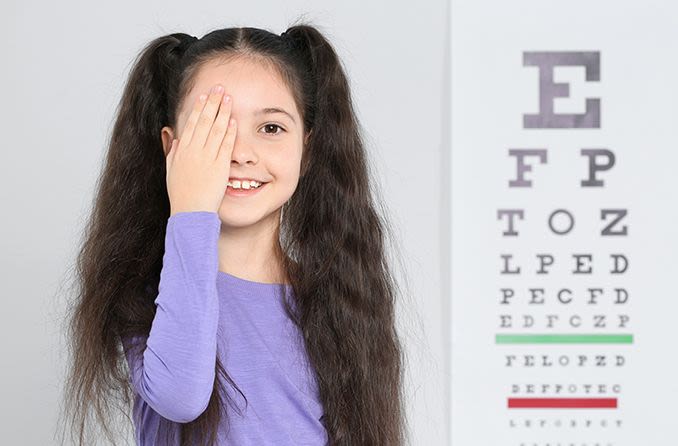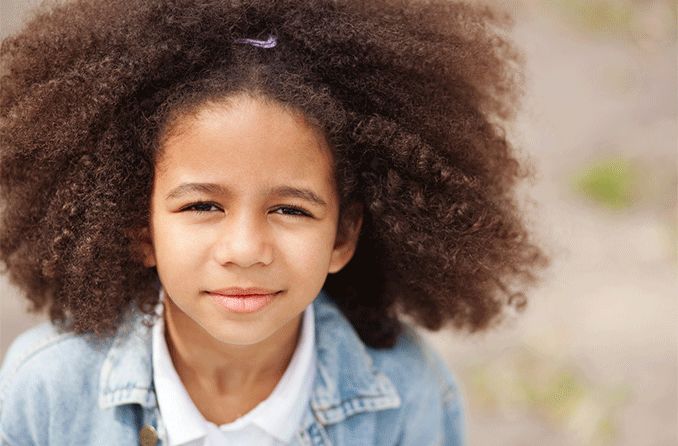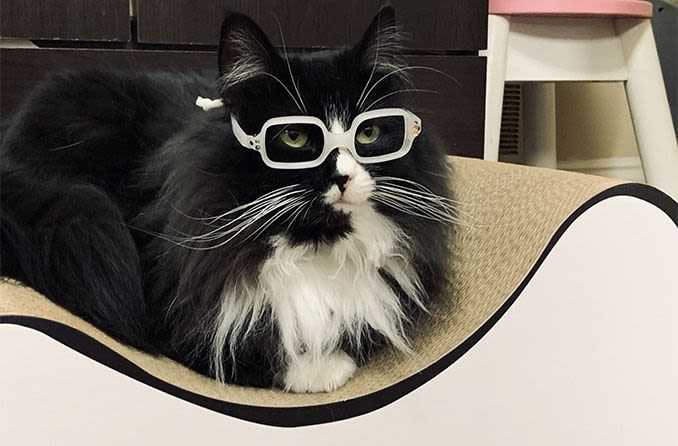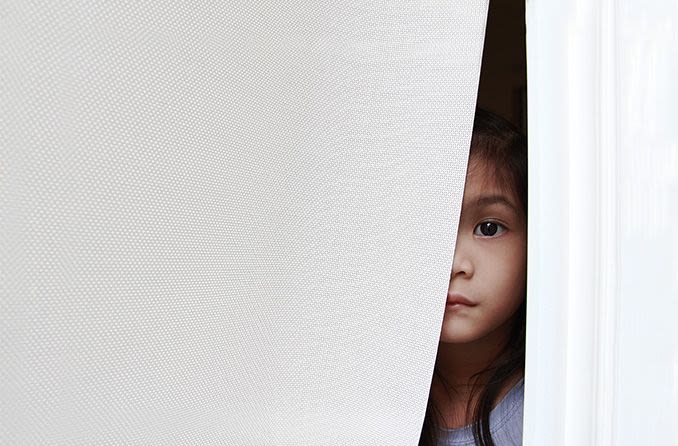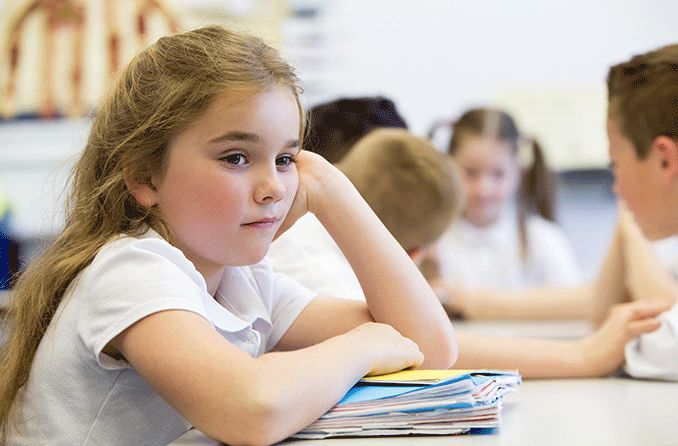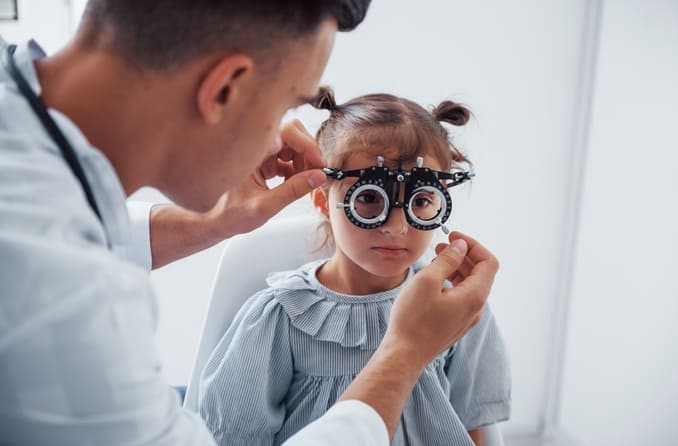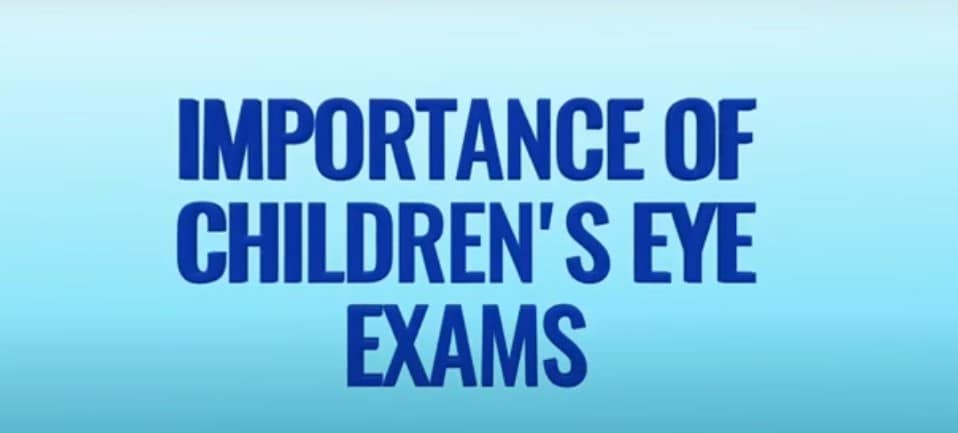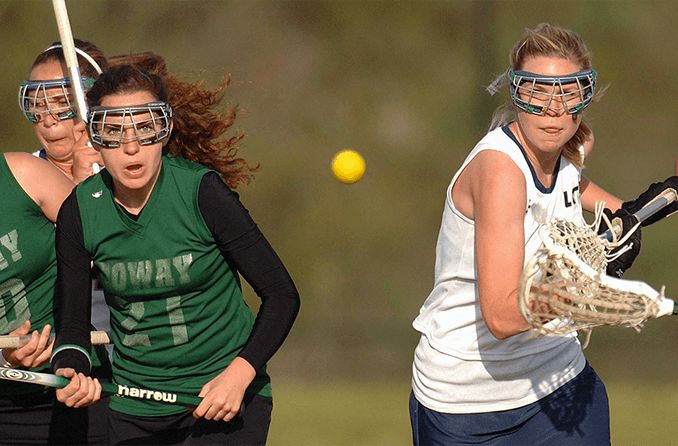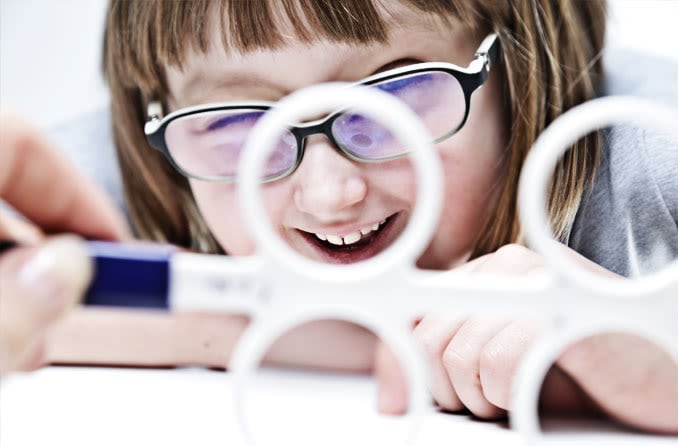Does a pediatric eye exam cost more than an adult eye exam?
In most cases, no. The price for a pediatric eye doctor visit will depend on several variables, including the type of doctor, the clinic, your location and your child's needs.
For example, a pediatric optometry visit can run as low as $50 (or less if you have vision insurance), while a visit to an ophthalmologist could cost several hundred dollars.
Types of pediatric eye doctors
Which type of pediatric eye doctor should your child see? That depends on the eye care your son or daughter needs.
Routine eye exams: A comprehensive eye exam can be administered by any children’s eye doctor.
Common vision issues: If your child has been squinting or experiencing headaches, your pediatrician may refer your child to an optometrist to check your child's visual acuity, eye alignment and movement, depth perception, peripheral vision and more.
A pediatric optometrist can also offer medical treatment for common eye problems such as dry eye syndrome and basic eye infections.
Unusual vision or health conditions: If your child requires more serious serious attention, your pediatrician or family doctor may refer your child to a pediatric ophthalmologist. A serious eye condition includes anything from strabismus (crossed eyes) or ptosis (drooping eyelid) to amblyopia (lazy eye) or excessive tearing.
SEE RELATED: Children's eye doctor near me
When should your child visit a pediatric eye doctor?
The American Academy of Ophthalmology (AAO) and the American Optometric Association (AOA) recommend parents have vision testing for newborns, babies between 6 months and 1 year old, and toddlers between the ages of 3 and 3 and a half.
Your child also should get a comprehensive eye exams before entering school, and then every year or two thereafter — or more frequently if there are any vision issues.
Pediatric eye-testing procedures vary based on the child’s age and are performed as followed:
Eye testing for babies
A pediatric eye doctor uses lights and toys to test whether your baby's vision is progressing at the right level or if there are any underlying problems to correct. The eye doctor dilates the pupils and uses an instrument called a phoropter to check for signs of refractive error, such as nearsightedness, farsightedness or astigmatism.
The eye doctor will conduct an ophthalmoscopy, using a lighted instrument with a magnifying glass, to look at the inner structures of your baby’s eyes while they’re dilated. This tool also allows your doctor to check for eye alignment based on the way the light reflects off the cornea of each eye.
SEE RELATED: Baby's first eye exam
Eye testing for ages 3 to 5
One of the more common tests used for young children is the "tumbling E" chart. This eye test replaces the standard eye chart and does not require your child to know their alphabet or verbalize. Instead, children use one of their hands and extend their fingers to match the direction of a letter E as it is presented up, down, left or right.
Alternatively, if the child is a little older or more verbal, the eye doctor may use LEA symbols, such as apples, houses, squares and circles, in place of letters that would typically appear on a regular eye chart.
The full exam, which may last about an hour, allows the doctor to check for amblyopia, strabismus, focusing, color vision and depth perception. The eye doctor may also dilate your child's pupils with a spray or drops to get a better look at the retina, optic nerve and blood vessels.
IS YOUR CHILD DUE FOR A PEDIATRIC EYE EXAM? Find a children's eye doctor near you.
